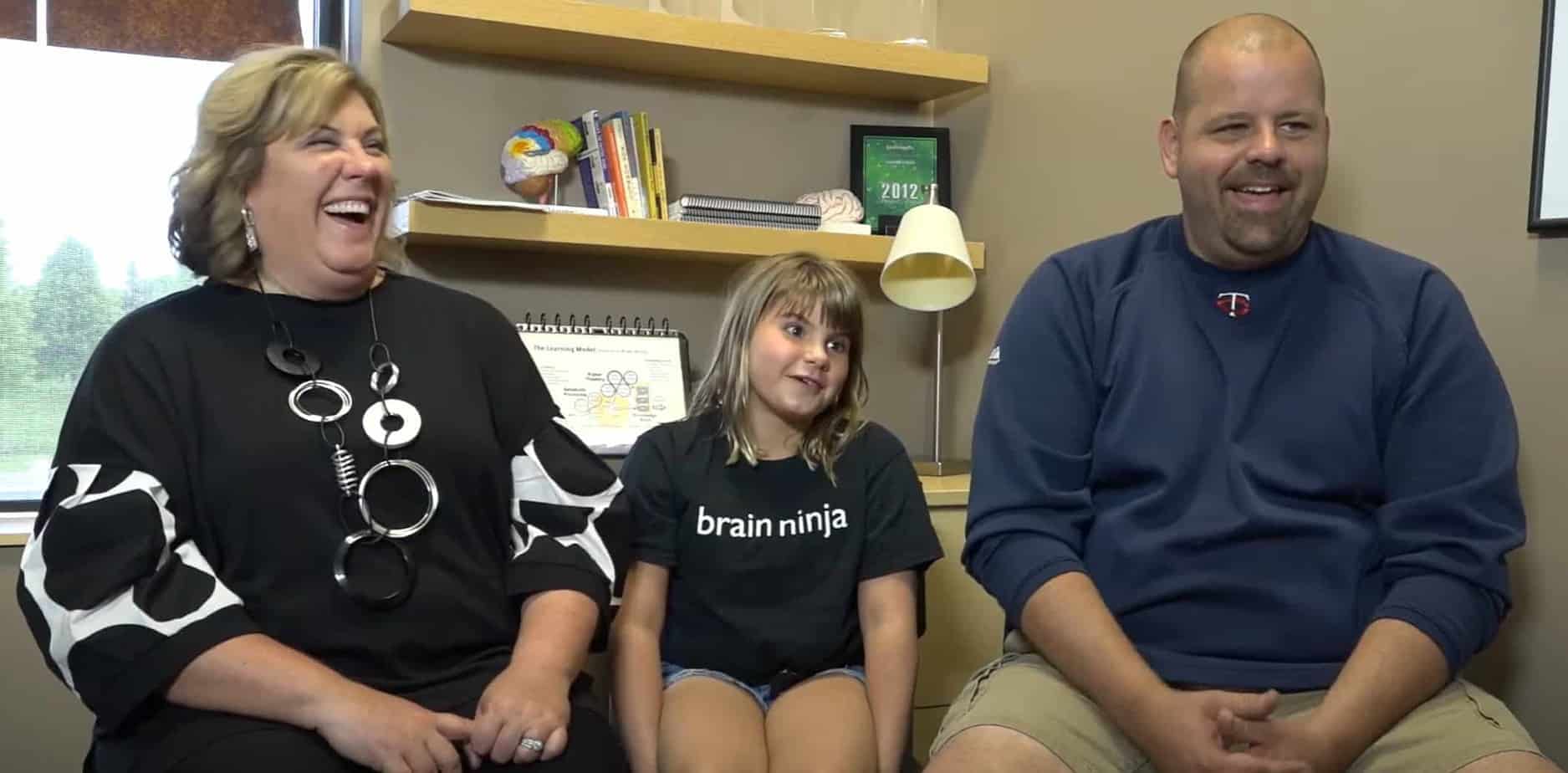5 Ways to Build Your Child’s Reading Confidence
Kids with low reading confidence often struggle, especially if they feel like they are behind their peers. The ability to read impacts every area of school and life, but for many kids, it is a constant source of frustration or embarrassment.
Reading confidence is not necessarily complete mastery. Instead, think of it as their ability to try, fail, and keep trying. The reality is that more kids than ever are struggling with reading, but helping your child develop resilience and confidence in the face of hard things will go a long way toward helping them succeed!
Kids who are confident in their reading skills are more likely to:
- Keep trying even when texts get hard
- Become fluent readers who also understand and are invested in what they read
- Have fewer obstinate behaviors towards reading
- Develop a life-long love of reading (one of the biggest hallmarks of academic success)
The Most Important Starting Point:
Helping your child become a confident reader starts with recognizing their unique cognitive profile. Do they have the attention span, visual processing skills, processing speed, and auditory abilities to read effectively?
If you’re not sure, our cognitive skills assessment can tell you. This starting point is CRITICAL because you don’t want to just let your struggling reader continue to flounder unnecessarily. By addressing the root cause of their struggles, you will naturally build their reading confidence and make them more successful!
In the Meantime, How You Approach Your Child’s Reading Experiences has a Huge Impact on Their Reading Confidence
If reading situations are filled with stress, tears, and frustration for your whole family, here are some ways to reframe these experiences to help build your child’s reading confidence:
#1: Practice, Don’t Push
Be upfront about the fact that when your child reads at home, it is like a sports practice. It should be a low-pressure time for them to try (and fail) and try again without fear. If your child is struggling, try not to treat it as if it is their fault. Instead, work with them to show strategies to help them succeed (or feel free to call in the experts if you’re out of your league!)
#2: Give Them Control and Ownership
Let your child be the one to pick topics or books for you to read about together. If they feel more invested in their choice, they are more likely to keep trying even if it’s hard!
#3: Make It Relevant and Interesting
Reading practice doesn’t have to mean sitting down and working through a complicated book together. If you’re cooking together, have them practice reading the recipe. If you’re traveling somewhere, let them help you read travel guides or blogs about the places you’re visiting. If you’re playing a game, let them help read the instructions. They will feel like an important part of the team, which will give them a confidence boost to keep trying!
#4: Mix Up the Context and Audience
Give them privacy to try independently, or have them try reading to pets, toys, dolls, or some other creative audience. This takes away the pressure that they may feel from reading for adults and allows them to develop their own self-monitoring skills.
#5: Show Them That Sometimes Reading Is Just Hard
When you are reading something and mess up a word, tell them! Let them know that we all make mistakes, and that even if it seems easy for us, sometimes we still fail. Building a culture of learning from your mistakes in your home will help them realize that you are on their team, making them more likely to have the reading confidence to keep trying!
If your child continues to struggle, don’t leave them in that place.
Getting them targeted reading help that addresses the WHY behind their struggle can make all the difference in their reading confidence and ability to learn!
Click here to learn more about our approach to reading help.







